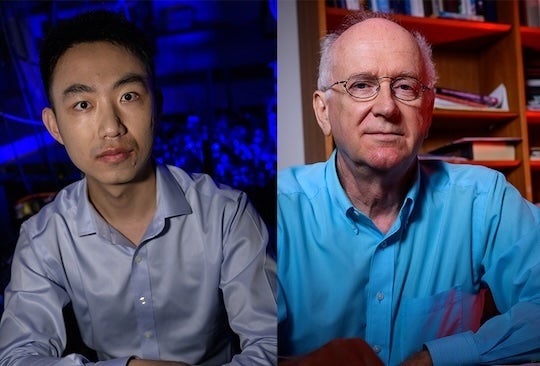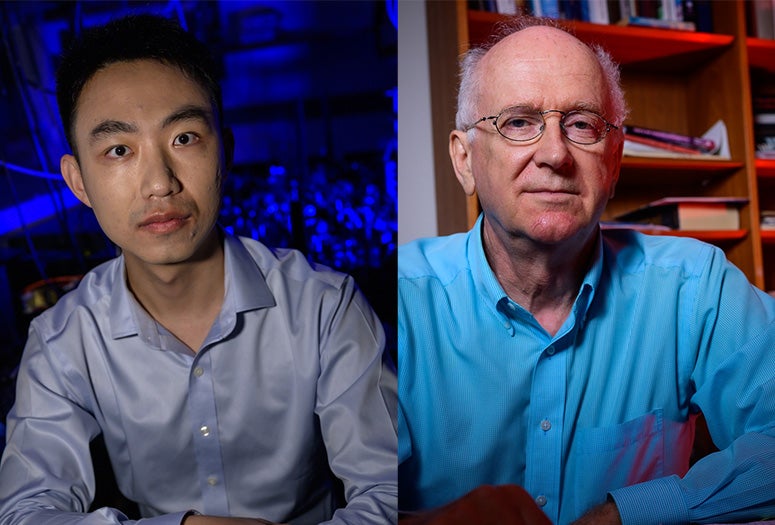In materials science, structural chirality refers to a property of a material’s atomic structure where it lacks mirror symmetry, meaning it doesn’t look the same if you flip it like a mirror image. Think of your left hand and right hand as a good example of chirality ⎯ they are mirror images of each other but cannot be superimposed onto one another no matter how you rotate them.

Chirality has been well-studied in 3D materials, but 2D materials, despite being very thin, can also show this property. So why is this important? Chirality in ultrathin materials can generate surprisingly powerful optical, electrical and magnetic effects that can be harnessed to advance devices for information technology. Hanyu Zhu, assistant professor of materials science and nanoengineering, and Boris Yakobson, the Karl F. Hasselmann Professor of Engineering and professor of materials science and nanoengineering and of chemistry, recently shared their perspective on chirality in 2D materials in the high-impact journal Nature Materials. Their overview proposes a possible definition and description of 2D chiral materials, including some of the most striking effects that have been experimentally demonstrated; provides a review of recent experimental progress to make such materials; and concludes by outlining promising avenues for studying new physics in unexplored low-dimensional chiral systems.

